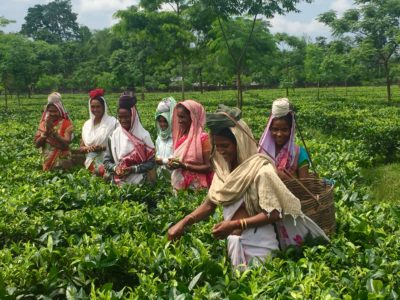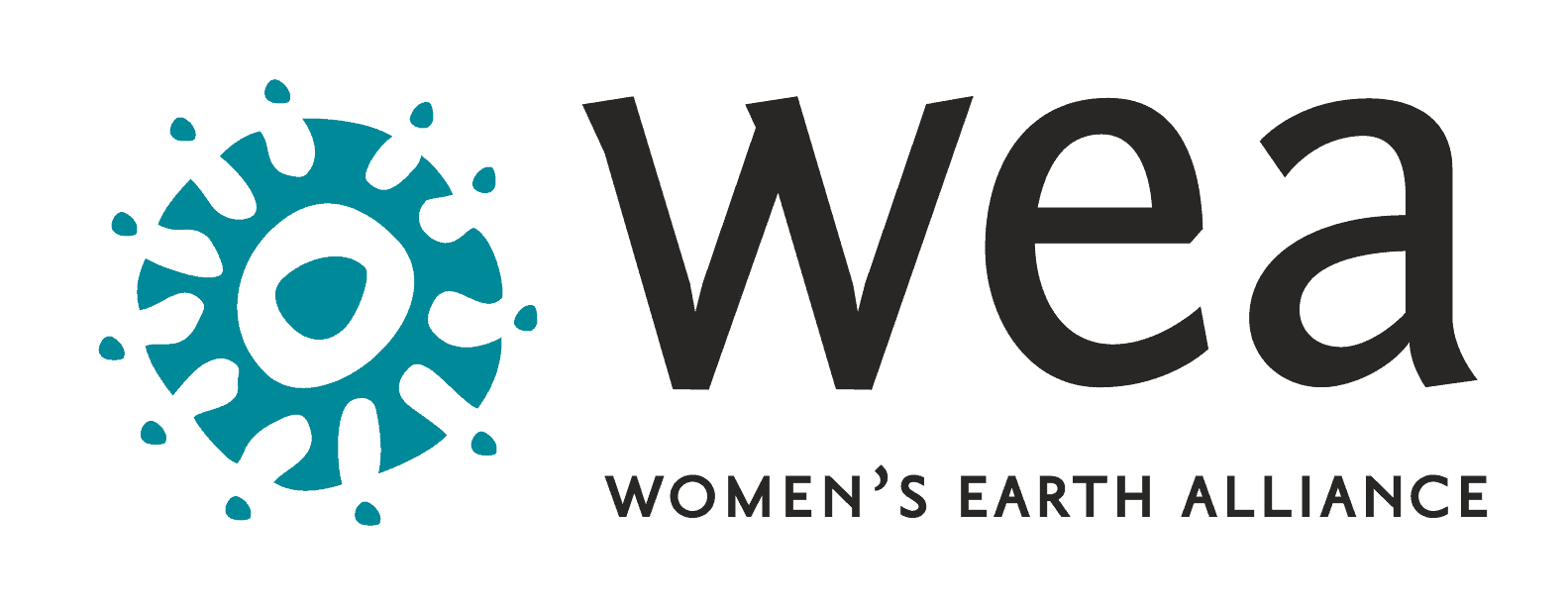New UN Report Confirms Gender Gap in Food Security

Over 820 million people worldwide currently suffer from food insecurity and hunger. As the High Level Political Forum continues this week to track the world’s progress on achieving the Sustainable Development Goals (SDGs)—of which Zero Hunger is the #2 goal—a report by the UN Food and Agriculture Organization (FAO) released earlier this week reveals that despite the past decade’s progress, in the last three years both hunger and obesity have increased worldwide. Food insecurity has especially grown in countries with low economic growth or high income inequality. This phenomenon is often coupled with structural inequalities and existing power dynamics. The study points to social exclusion as a catalyst to hunger, as political, social, and economic power converge against the already vulnerable.
It is at this intersection that women and other marginalized communities are made most vulnerable. Using data collected from over 140 countries throughout five years, “The State of Food Insecurity and Nutrition in the World” report confirmed that women have greater rates of food insecurity than their male counterparts across every continent. Poverty and access to education were the major determinants in hunger between men and women, and the gender gap was heightened in poor rural and poor urban settings. However, even among men and women from the same region, education level, and poverty status, women are 10% more likely to be food insecure than men, marking gender discrimination as a significant factor in women’s access to food.
According to the report, in rural and agricultural areas, increased income for women improves household nutrition and food consumption. However, women in some agricultural regions continue to occupy an unbalanced role: although they account for 43% of the agricultural workforce, women are rarely able to hold title to land and are responsible for caring for the home and children in addition to their agriculture work. Consequently, women in developing countries spend on average three more hours a day on unpaid work than men in the same communities. The FAO report urges the eradication of gender inequality and other forms of discrimination as “either the means to improving food security and nutrition, or the outcome of doing so.”
The grassroots women leaders WEA partners with around the world see the on-the-ground reality of this data every day in their communities. In Southern India—where WEA partnered with the GREEN Foundation to build the skills of 40 local women in sustainable farming and seed saving practices to enhance their income generation capacity—nearly 72% of employed women are in the agriculture sector. These women are responsible for 60-80% of food production, yet they comprise barely 11% of landowners. And in Kenya, where WEA and WWANC’s Kenya Women’s Earth Alliance Accelerator recently wrapped up, nearly 80% of Kenyans work in agriculture, while only 20% of Kenyan land is usable for farming as drought makes farmers’ livelihoods unpredictable.
But we’ve also seen that when women’s leadership is centered, and they have the skills, tools and alliances they need to scale their solutions for environmental and climate challenges, a ripple effect is felt throughout communities. In fact, “just giving women the same access as men to agricultural resources could increase production on women’s farms in developing countries by 20 to 30 percent. This could raise total agricultural production in developing countries by 2.5 to 4 percent, which could in turn reduce the number of hungry people in the world by 12 to 17 percent, or 100 to 150 million people.”
Women’s leadership and economic empowerment improves our world. When gender inequalities are reduced and women gain social, economic, and political parity, hunger decreases and nations, the planet, and future generations thrive.
Read the full FAO report here, and learn more about WEA’s programs to catalyze and accelerate women-led solutions to food insecurity and more here.
